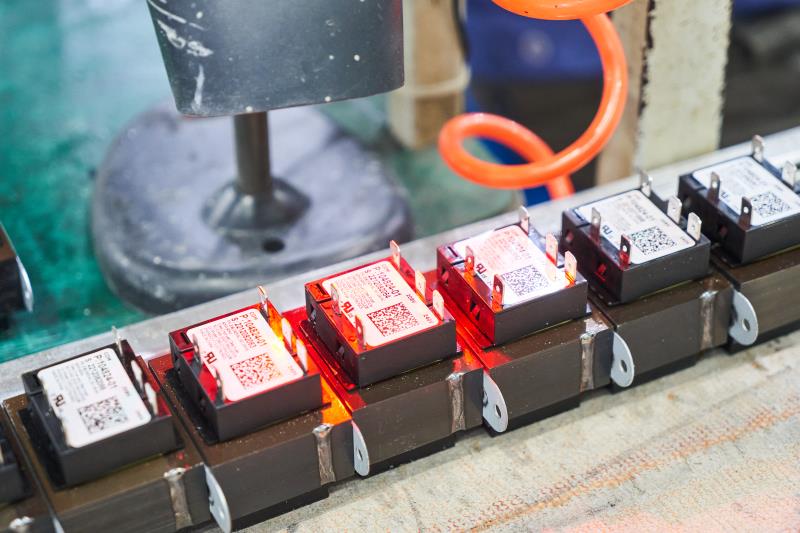
Understanding Low Frequency Transformers
Low frequency transformers play a crucial role in various electrical and electronic applications. Low frequency transformers are designed to operate at frequencies below 50Hz, making them suitable for power conversion and impedance matching in a wide range of systems.
What is a Low Frequency Transformer?
A low frequency control transformer functions by converting electrical energy from one circuit to another through electromagnetic induction. When an alternating current passes through the primary winding, it creates a varying magnetic field that induces a voltage in the secondary winding, facilitating the transfer of power. This fundamental principle enables these transformers to step up or step down voltages as required by different devices and systems.
Common Applications and Uses
Low frequency transformers find extensive use in various industrial, commercial, and residential settings. They are commonly employed in power distribution systems, voltage regulation equipment, renewable energy systems such as wind turbines and solar panels, as well as in electronic appliances like refrigerators, air conditioners, and lighting fixtures.
Advantages of Low Frequency Transformers
One of the key advantages of low frequency transformers is their high efficiency in power conversion. According to efficiency standards for power distribution transformers in the USA, new transformers are mandated to be up to 99.5% efficient and never less than 97% efficient depending on size and type.
Key Considerations for Choosing a Low Frequency Transformer
Power Capacity and Efficiency
Transformer ratings and specifications play a significant role in determining their suitability for specific applications. It is essential to evaluate the power capacity of a low frequency transformer to ensure that it can handle the anticipated loads without exceeding its limits. Additionally, assessing the efficiency of the transformer is crucial for minimizing energy losses during operation, especially in applications where energy conservation is a priority.
Thermal Performance and Cooling Needs
Thermal performance and cooling requirements are vital considerations when choosing a low frequency transformer. Transformers generate heat during operation, and it is important to select a model with adequate thermal performance to prevent overheating. Evaluating cooling needs involves considering factors such as ambient temperature conditions, available ventilation, and any additional cooling mechanisms required to maintain optimal operating temperatures.
Consulting with Manufacturers and Experts
Leveraging Technical Support and Custom Solutions, engaging with transformer manufacturers and industry experts offers access to technical support and custom solutions tailored to unique application requirements.
In addition to custom solutions, technical support from manufacturers plays a crucial role in providing comprehensive guidance on transformer selection, design considerations, and performance optimization.
Media Contact
Company Name: Ningbo Zhongce E.T Electronics Co., Ltd.
Email: Send Email
Phone: 86-574-88156787
Address:
Country: China
Website: https://www.zcetvoltagesolution.com/













